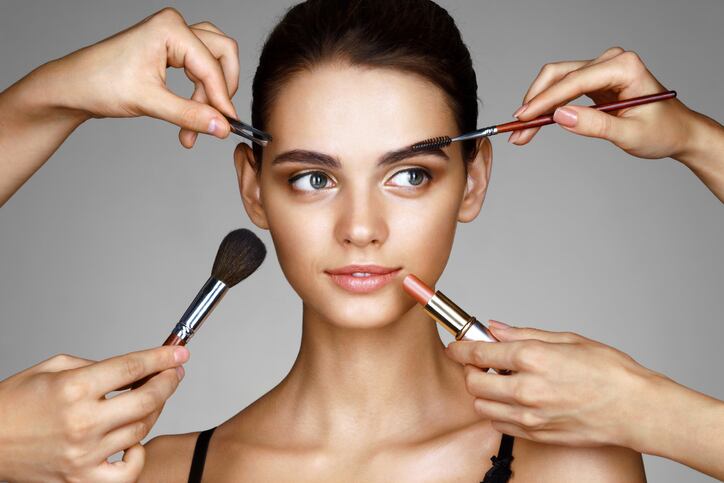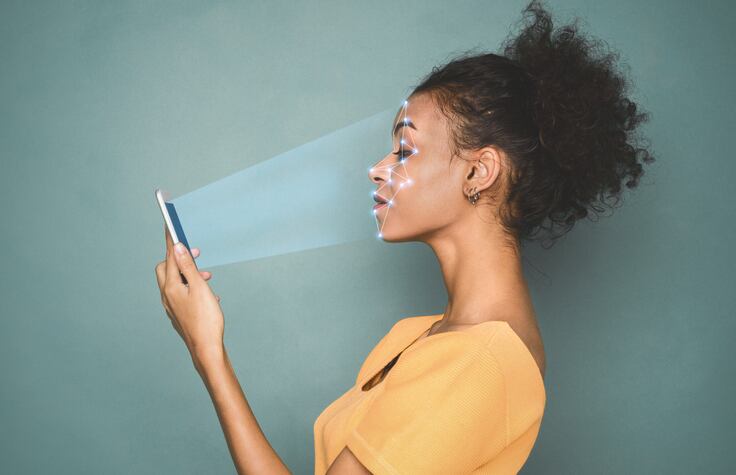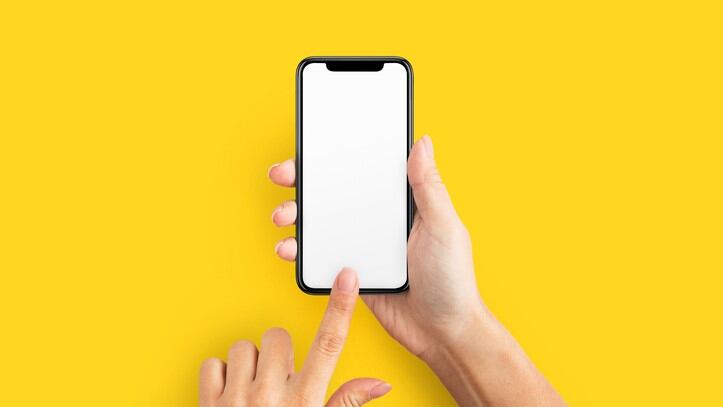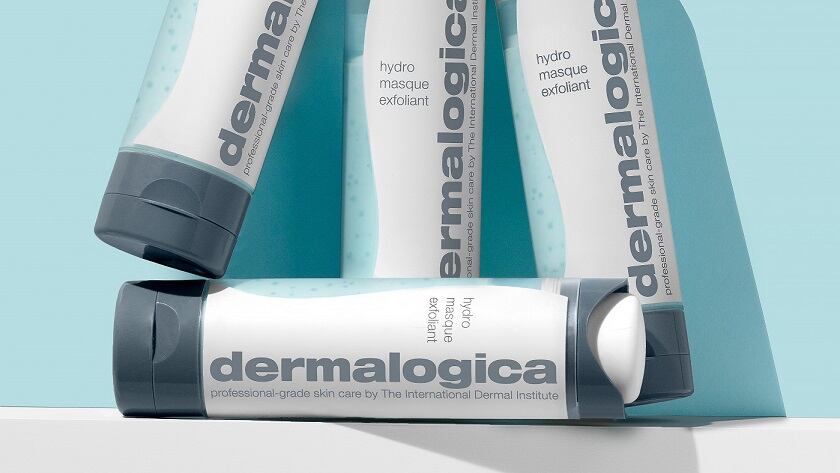Personalised beauty has soared in recent years as consumers seek to tailor routines to individual needs – much like in life with the likes of fitness and nutrition. And last year, CosmeticsDesign-Europe identified ‘Beauty Biohacking’ – where consumers tailor beauty according to scientific, physiological needs – as one of five hot 2020 trends to watch in the EMEA region.
But how exactly had personalised beauty evolved in recent years? Alex Fisher, associate director of beauty and personal care at Mintel, said it certainly looked very different to what it did two years ago.
Curation to creation – personalisation has fast-evolved in beauty
“When we asked consumers about personalisation in beauty back in 2018, the consumer wanted some control over the process of personalisation. They wanted to choose specific product features or receive a list of product suggestions that still let them make the final selection; basically, a form of curation by the consumer based on what was available,” Fisher told CosmeticsDesign-Europe. Eyeko’s bespoke mascara was a good example of this, she said, where consumers were able to tailor formulas or brush types to their broader needs.
“Two years later, we’re seeing more and more unique options that have been created for the individual consumer, and there’s a responsibility placed on brands to get it right,” she said.
For example, consumers used to go into a store and test several different foundations until they found the right one for their skin tone, Fisher said. Now, consumers expected brands to find their perfect shade instead – like Il Makiage was doing through a quiz. And if the perfect shade didn’t exist, she said consumers now expected brands to create it for them – like bareMinerals was doing with Made-2-Fit.

In skin care, Fisher said brands like 4.5.6 Skin had become “hyper-technical” with skin analysis and DNA research to design highly personalised, made-to-order products, and skin care was the category consumers most looked for personalisation in, alongside fragrance.
Plugging 2020 personalised beauty needs
So, what exactly did beauty brands have to do in 2020 to plug consumer expectations around personalisation?
There were “many different levels”, Fisher said, from creating unique formulas to suggesting tailored beauty regimes according to consumer lifestyle, needs or personality. The direction simply depended on how much companies were willing to invest, she said.
“Personalised packaging or custom-printed labels are a fairly easy entry point – think of Coca-Cola’s bottles printed with the 250 most popular names or Cadbury’s gift bars – but these are likely to be gifts, rather than repeat purchases. True beauty personalisation that attracts more loyal custom must solve a consumer need, meaning it should be addressed by the product itself or a combination of products.”
Whilst individualised formulations were likely to generate “high repeat purchase”, Fisher said it would be “impossible to recreate en mass”. Opportunities here, therefore, were best suited to direct-to-consumer brands able to put the time into fulfilling bespoke orders, she said.
Cost was also a significant barrier – for consumers and brands – to consider with this level of personalisation, she said. “Bespoke formulations often cost even more than premium off-the-shelf products thanks to high production costs, and most shoppers do not see the benefit in paying that much more when off-the-shelf products are good enough.”
For bigger beauty brands or mass market manufacturers operating through traditional retail outlets, Fisher said they could offer mix and match collections as an alternative, like Clinique ID or Alex Carro’s mixable foundations, or simply invest in digital chat boxes to help consumers select the right pre-existing shade or build up beauty routines through product and device combinations.
The future of personalised beauty? Technology, technology, technology…
Asked what personalised beauty might look like in 5-10 years, Fisher said: “At Mintel, we strongly believe that technology is going to be a key component of beauty. Consumer devices will likely drive the next five years of advancement in this area, analysing skin and hair to suggest the right products and routines. Responsive technology like air pollution tracking will [also] be incorporated to personalise products depending on weather.”
In ten years, she said there was great scope for “hyper-technical personalisation” to become a reality on mass-scale as technology advanced. “Until then, the Nespresso pod model will allow consumers to develop personalised products at home – we already have Duolab, Reduit One and Alchemist Atelier’s Scent Creator.”




